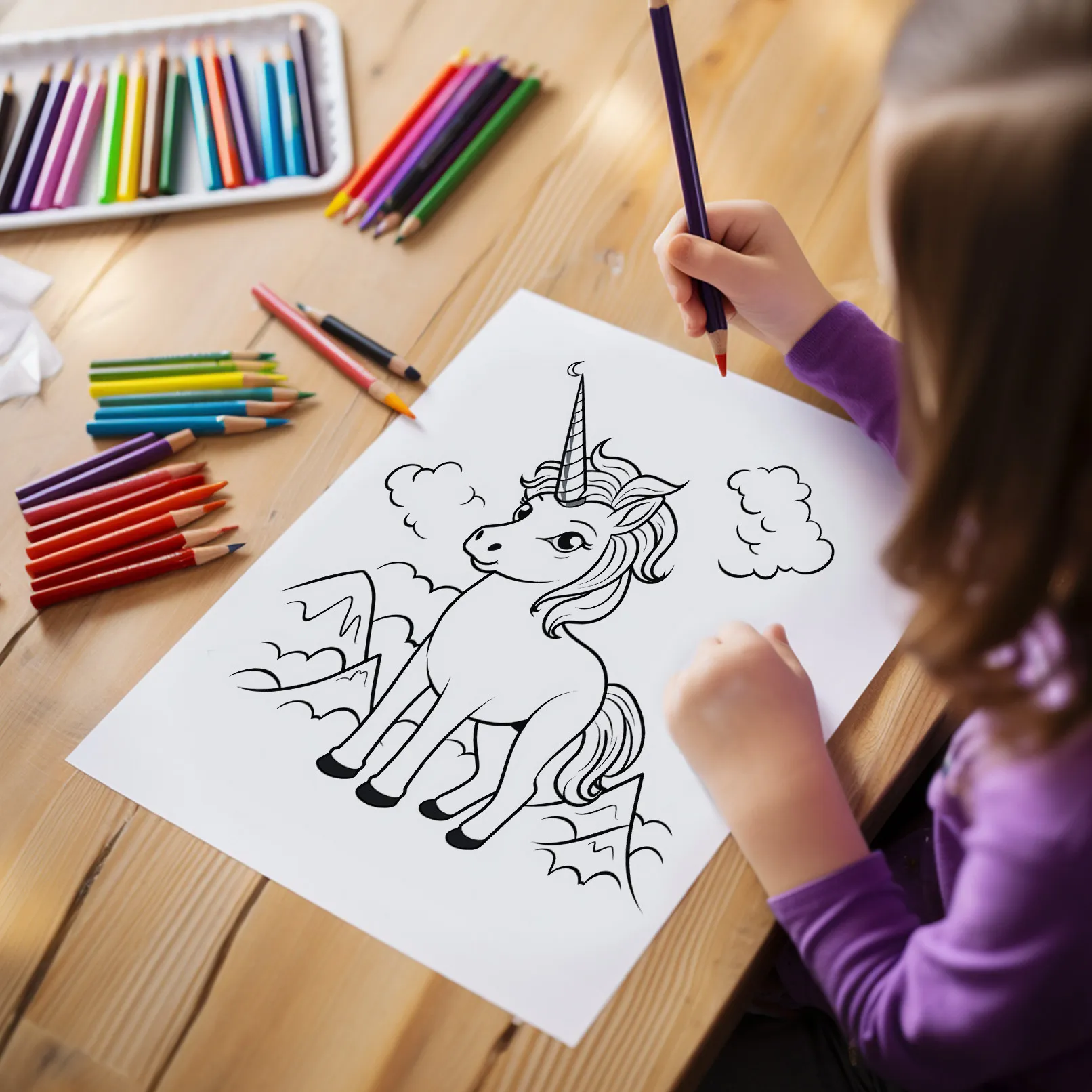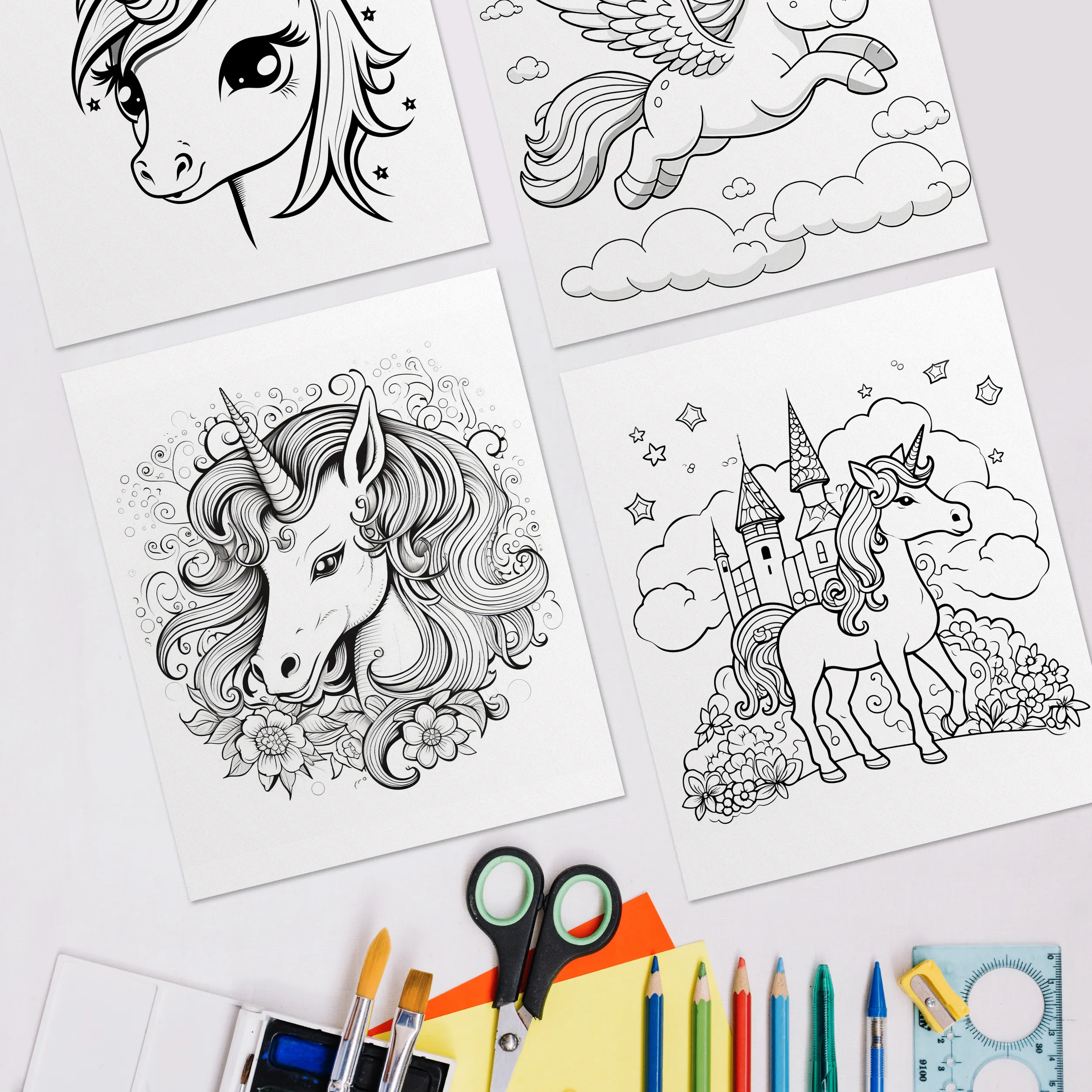It is said that unicorns are mysterious creatures. For centuries, great minds have been preoccupied with the image of these unconventional animals. Leonardo Da Vinci himself wrote a fable about them, Raphael painted the "Lady with the Unicorn", the ancient Greek historians spoke of unicorns in their works as if we were describing thoroughbred horses or white rhinoceroses. Unicorns are not neglected in modern classics either. You may have noticed them in the Harry Potter saga. When Harry buys his first wand from Ollivander, he learns that every wand contains a powerful magical substance and that the hairs in a unicorn's mane are among the strongest.
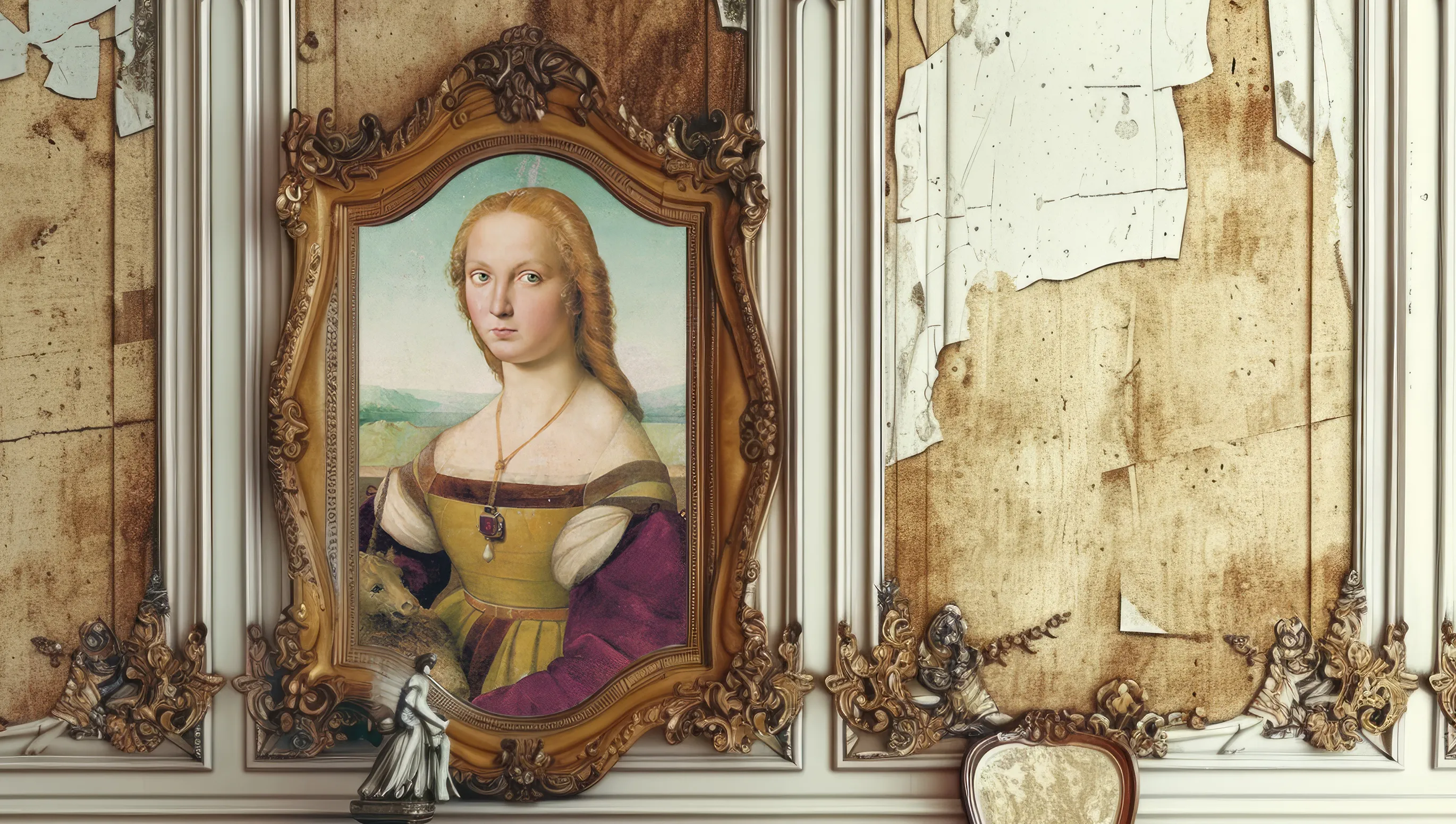
The history of unicorns: from bloodthirsty monster to magical creature
Nowadays, the image of the unicorn has become a symbol of tenderness, magic and children's vacations.
But the unicorn wasn't always like this! The favorite character of bloggers and five-year-old girls was first mentioned in the 4th century BC - and was anything but cute back then. Since then, it has evolved from a bloodthirsty monster to a sweet animal that brings peace and tranquillity - which only virgins can catch - to a symbol of Jesus Christ.
Over the centuries, the image and meaning of the unicorn has changed considerably.
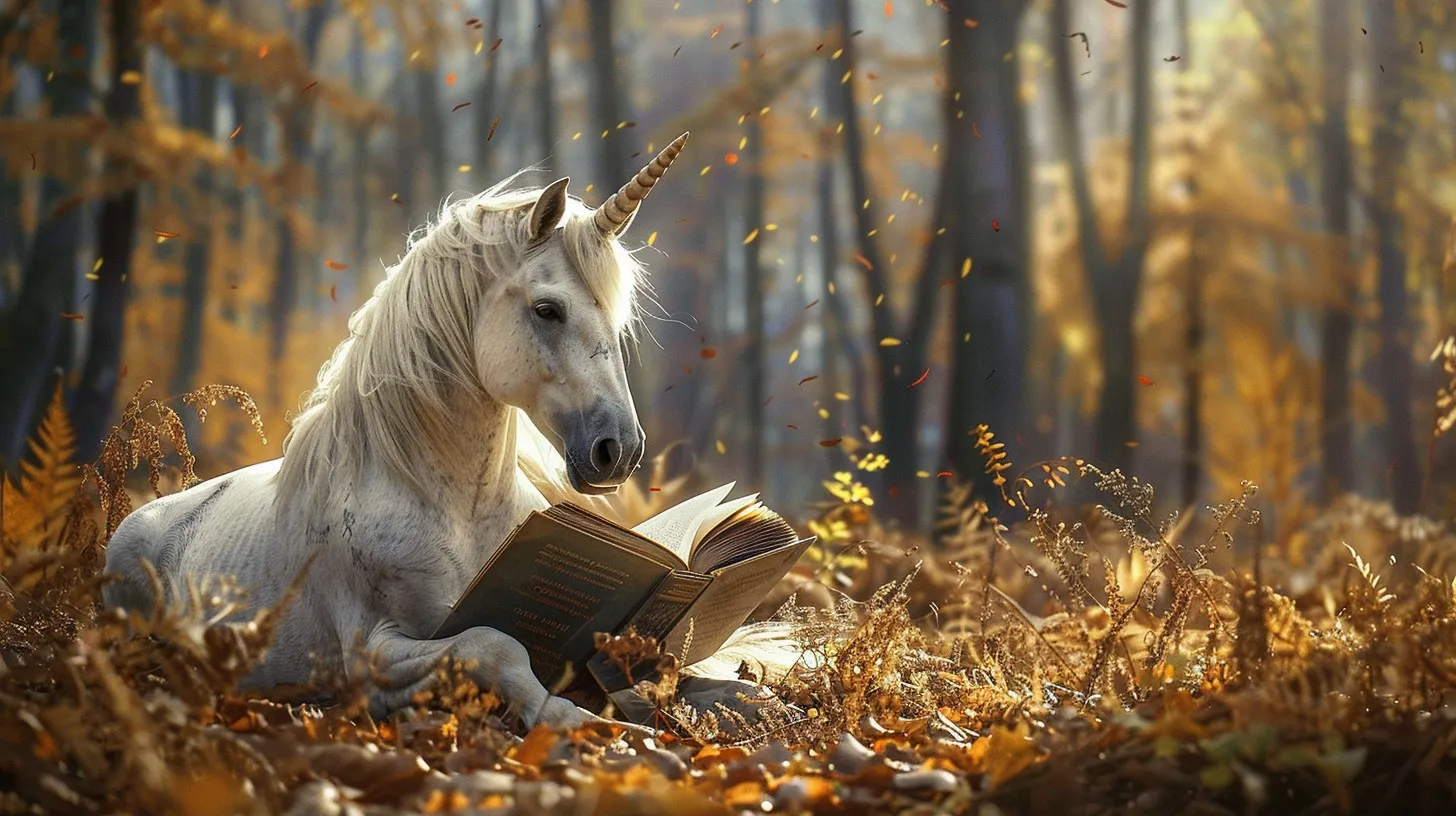
Ferocious beasts
The first known written mention of unicorns can be found in the Indica, a work by the Greek historian Ctesias of Knidos from 398 BC, in which he describes Indian monsters with a horn on their forehead and a size comparable to a horse.
Ctesias was probably describing Indian rhinoceroses, and he claimed that the horn of a unicorn had healing properties for those who drank from it regularly.
In the first century AD, the Roman philosopher and naturalist Pliny, citing Ctesias, wrote in his work "Natural History" that the unicorn was the wildest animal in India, describing it as a creature with the body of a horse, the head of a deer, the legs of an elephant, the tail of a boar and a horn on its forehead.
Pliny also added that it was almost impossible to catch a unicorn alive, which later became a key attribute of the animal in the Middle Ages.
In the following century, based on Pliny's work, the Roman scholar Elianus described the unicorn as a creature that showed a special tenderness towards its chosen mate during the mating season.
This sudden adoration of the unicorn for its mate was an important aspect of how the unicorn was viewed in the Middle Ages, when it was believed that only a virgin could capture it.
Despite detailed descriptions by the ancient Greeks and Romans, information about unicorns was very limited until the Middle Ages. In order to become part of a broad cultural practice, this creature had to go beyond literary texts and become active in artistic and religious traditions, i.e. take its place in Christianity.
Translation difficulties
In the 3rd century AD, the unicorn suddenly appeared in religious texts.
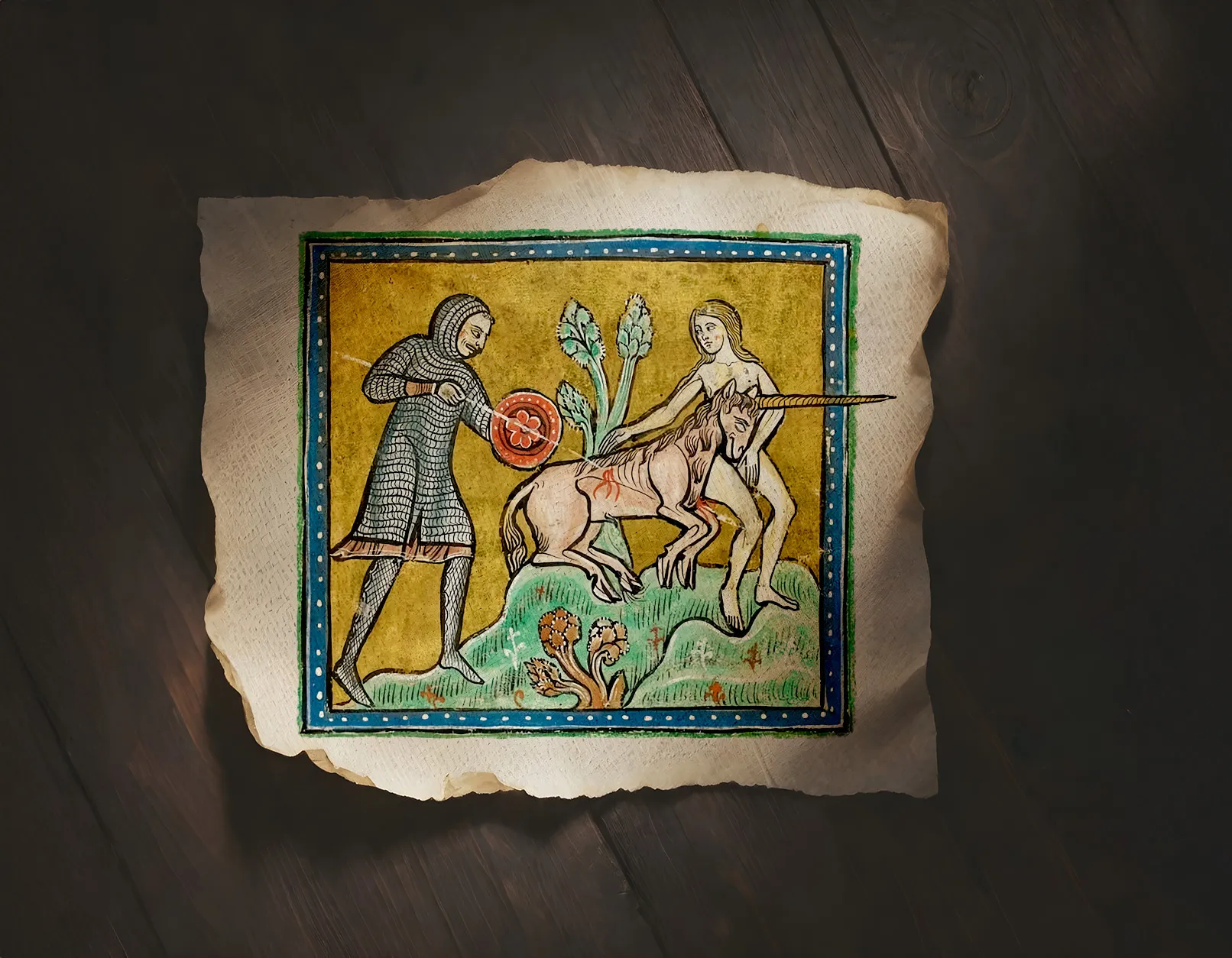
Sometime between 300 and 200 BC, 70 Greek scholars met to translate the Old Testament into Koine, one of the most common varieties of Greek. During the translation process, they accidentally mixed up two Hebrew words, ox and unicorn, which led to references to oxen being replaced by references to unicorns in the Bible.
The appearance of the unicorn in a text with this meaning sparked widespread interest in the animal, which is reflected in literature and the visual arts from the early Middle Ages to the present day.
In the Middle Ages, the unicorn was associated with its description in the Bestiary, a collection of moralizing stories about monsters and mythical creatures. The Bestiary, one of the most popular books of the Middle Ages, often associated Christ with the unicorn.
In the illustrations of passages from the Bible and the medieval bestiaries that refer to the unicorn, the animal is often used as an allegory.
Instead of depicting Jesus Christ as a human being, artists painted horses and goats with a horn on their heads, for example. This medieval legend thus became the starting point from which the complex myth of the unicorn spread across Europe.
Unicorns today
Searches for unicorns peaked in April 2017 when Starbucks introduced its Unicorn Frappuccino, heralding the trend of decorating food and drinks with glitter and rainbow colors.
Modern social media is forcing us to show prettier, more polished versions of ourselves, and the unicorn with its bio is a perfect symbol for this trend.
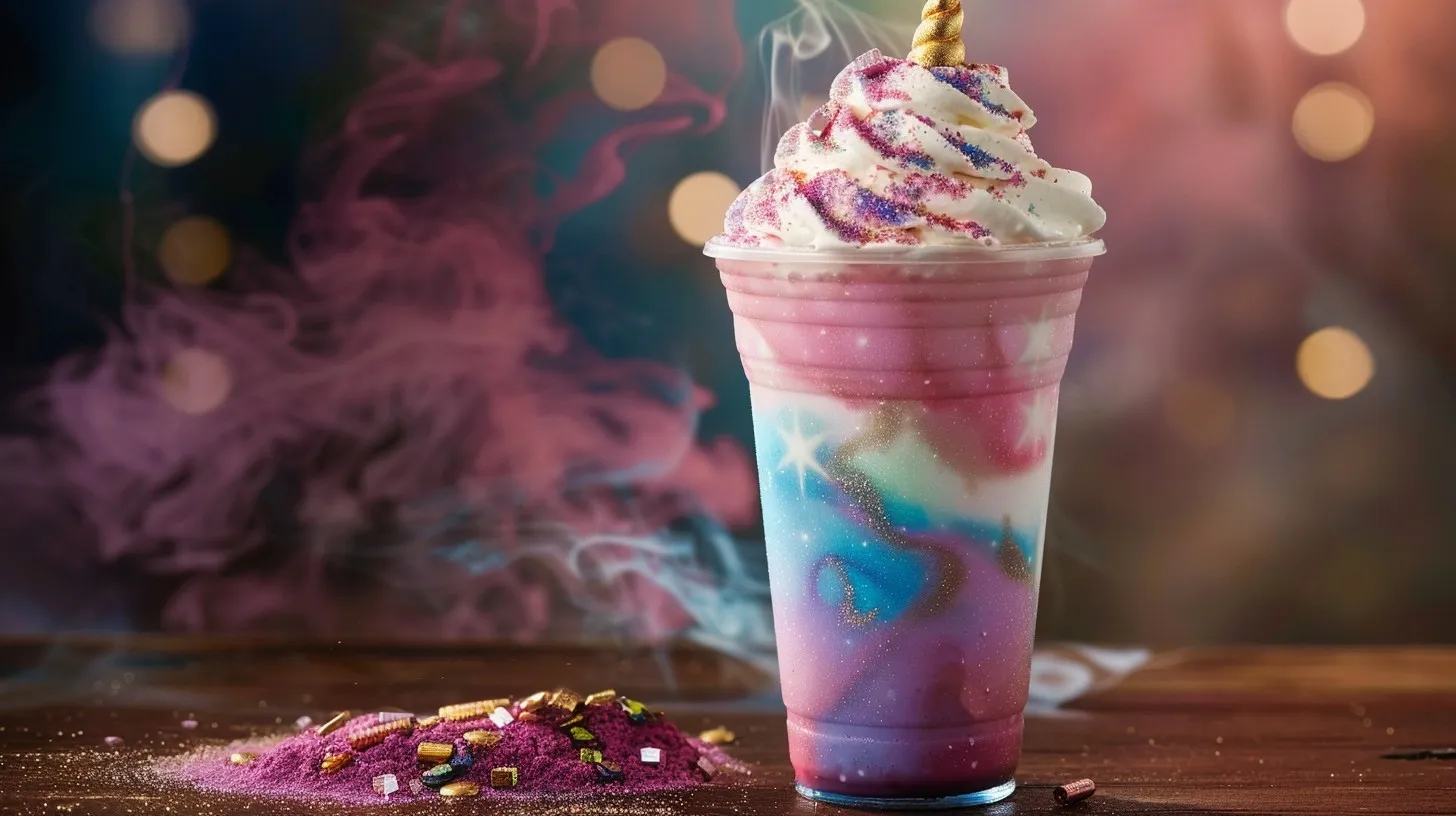
Coloring pictures on TutKit.com
You can download unicorn coloring books at TutKit.com. All our unicorns are non-threatening and perfect for children to strengthen their nervous system. We recommend you not to waste your time and go straight to the section with all the coloring pages. There you will find coloring books for both children and adults.
Go to the coloring pictures category and download the unicorns pack. Wishing everyone all the best, happiness, magic and pink unicorns!
